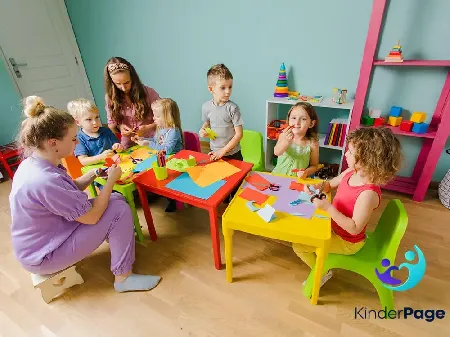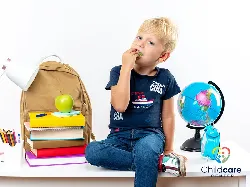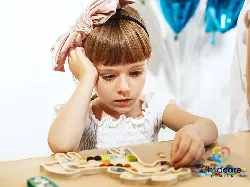The Incredible Benefits of Sensory Play: Unlock Your Child’s Creativity Today!
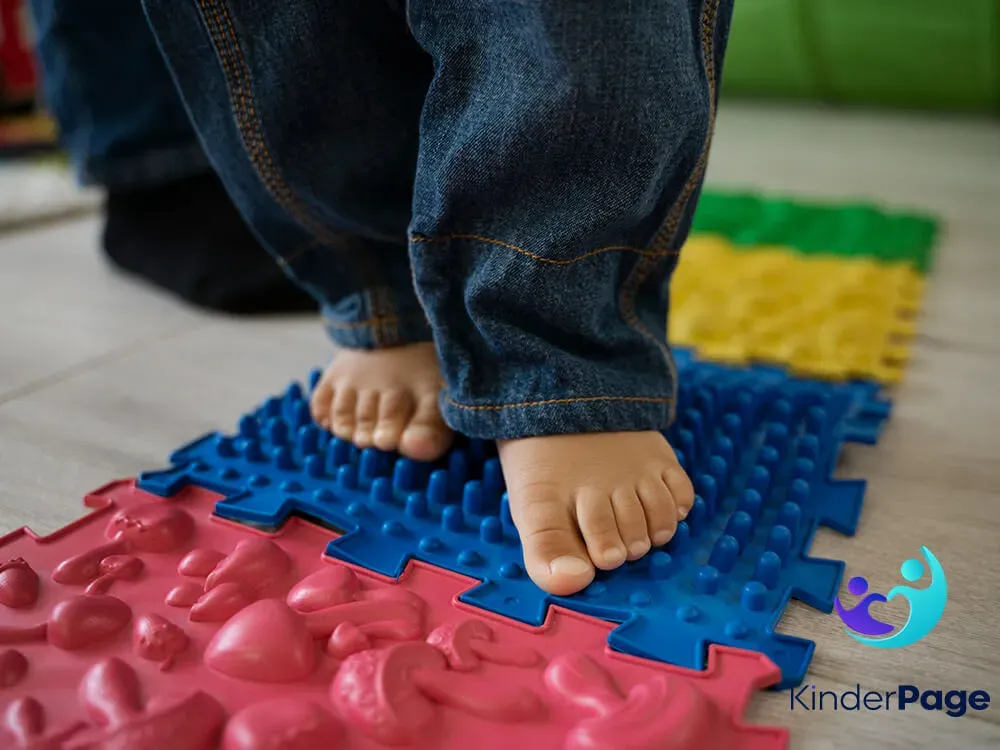
From the moment they are born, children instinctively use their senses to explore and learn about the world around them. They touch, taste, smell, see, and hear everything with an insatiable curiosity. This natural inclination to explore through their senses is the foundation of sensory play, and it plays a vital role in early childhood development.
Sensory play encompasses any activity that stimulates a child's senses, encouraging them to interact with their environment in a meaningful way. It can be as simple as splashing in a puddle, playing with sand, or finger painting. The benefits of sensory play extend far beyond mere entertainment; it fosters cognitive growth, enhances motor skills, and supports social-emotional development.
What is Sensory Play?
Sensory play for children encompasses a wide range of activities designed to stimulate the five predominant senses. These hands-on learning experiences encourage exploration, allowing children to discover new textures, sounds, sights, and even smells in a safe and engaging environment.
Sensory play is a cornerstone of child development, as it helps children process sensory input while building critical skills. By engaging in multi-sensory activities, children begin to make sense of the world around them. For instance, when a child feels the smoothness of a stone or listens to the crackling sound of dried leaves, they’re not just playing—they’re learning to categorize and interpret sensory information.
Examples of tactile learning include:
- Creating sensory bins filled with rice, beans, or sand.
- Playing with materials like clay, playdough, or finger paint.
- Exploring natural textures, such as fluffy animal fur or smooth stones.
- Experimenting with water and bubbles during bath time.

These activities are essential for children because they provide opportunities for hands-on exploration, foster curiosity, and lay the foundation for cognitive growth, emotional well-being, and social interaction.
The Amazing Benefits of Sensory Play
1. Brain Development and Cognitive Growth
When children play with materials that vary in texture, color, and sound, their brains light up. This type of play strengthens neural pathways that improve memory, attention, and problem-solving abilities. For instance, experimenting with different consistencies—like comparing wet versus dry sand—helps them understand cause and effect, a vital skill for later academic success in subjects like math and science.
2. Motor Skills and Problem-Solving Abilities
Sensory play activities such as rolling playdough, pouring water, or picking up small objects boost both fine and gross motor skills. As children manipulate different materials, they develop hand-eye coordination and dexterity. This trial-and-error process also fosters creative problem-solving. For example, when a toddler learns that water makes sand easier to mold, they begin to experiment and innovate with other materials.
3. Emotional Regulation and Calming Effects
Sensory play can be incredibly soothing. Activities like squishing clay or playing with kinetic sand provide a calming tactile experience that helps children manage their emotions. These calming activities serve as a natural outlet for stress, allowing children to release tension and develop better self-regulation skills.
4. Social Interaction and Inclusivity
When kids engage in sensory play with peers—such as building a sensory bin together or sharing materials during an art project—they learn important social skills like cooperation, turn-taking, and communication. The inclusive nature of these activities means children of different abilities and sensory needs can participate, creating a supportive and enriching environment for everyone.
5. Sparking Creativity and Imagination
Sensory play is an open invitation for creativity. Whether it’s mixing colors with finger paints, activities encourage children to express themselves freely. This unstructured exploration not only makes playtime exciting but also nurtures innovative thinking that can benefit them in all areas of life.
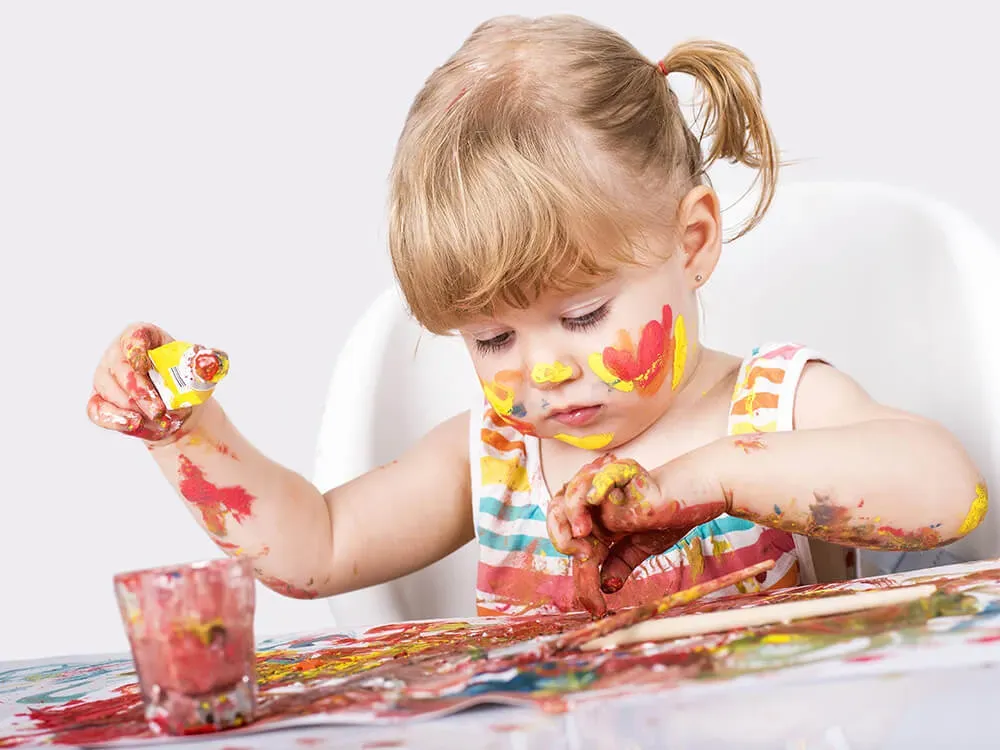
Practical Sensory Play Ideas for Every Age
For Infants (0-12 Months)
- Sensory Bottles: Fill a clear bottle with water, glitter, and small, colorful objects. Secure the lid tightly and let your baby watch the objects swirl as they shake the bottle.
- Texture Exploration: Provide a variety of safe objects—soft blankets, crinkly paper, smooth wooden spoons—for your baby to touch and explore during tummy time.
For Toddlers (1-3 Years)
- Sensory Bins: Create a bin filled with rice, beans, or sand. Add small toys, scoops, and cups, and encourage your toddler to dig, pour, and explore.
- Playdough Fun: Offer playdough along with tools like rolling pins and cookie cutters. As they roll, squish, and mold the dough, toddlers improve their fine motor skills and stimulate their imagination.
- Water Play: Fill a small tub or basin with water and provide cups, sponges, and floating toys. This not only entertains but also teaches concepts like sinking, floating, and pouring.
For Preschoolers (3-5 Years)
- Mud Kitchens: Set up an outdoor “mud kitchen” with pots, pans, and utensils. Let your preschooler mix mud with water to create “mud pies” and other imaginative concoctions.
- Science Experiments: Engage your child in simple experiments, such as mixing baking soda and vinegar to create a mini volcano or making slime. These activities introduce basic scientific principles in a fun, hands-on way.
- Art Projects: Encourage creative expression with finger painting, collage making, or painting with unconventional tools like shaving cream. These activities enhance both artistic skills and tactile exploration.
Tips for Incorporating Sensory Play at Home
- Use Everyday Items: You don’t always need expensive toys—a handful of rice, pasta, or even shaving cream can be transformed into a fun sensory activity.
- Create a Dedicated Space: Set aside a small area in your home where messy play is welcome. This helps contain the clutter and creates a safe environment for exploration.
- Follow Your Child’s Lead: Allow your child to direct the play. Observe their interests and offer materials that encourage further exploration.
- Integrate into Daily Routines: Turn regular activities like cooking, gardening, or bath time into sensory experiences. For example, let your child help mix ingredients or feel different textures during a nature walk.
Adapting Sensory Play for Special Needs
Sensory play can—and should—be adapted for children with special needs. Whether your child is sensitive to loud noises or has difficulty with certain textures, you can tailor activities to provide a calming and enriching experience. Soft fabrics, dim lighting, and quiet toys can make sensory play accessible and enjoyable for all children.
Sensory play is a versatile, powerful tool that offers countless benefits for early childhood development. By encouraging hands-on exploration and creativity, it lays a strong foundation for cognitive growth, motor skills, emotional regulation, and social interaction. The practical examples provided—ranging from sensory bottles for infants to science experiments for preschoolers—show just how easy it is to integrate sensory play into your child’s daily routine.
At KinderPage, we believe that every child deserves the opportunity to learn and grow through engaging, interactive play. By embracing sensory play, you’re not only supporting your child’s development—you’re also creating cherished memories that will last a lifetime.
Discover more practical tips and inspiring ideas on KinderPage blog and join us in nurturing the next generation of curious, creative, and confident learners!
FAQs
Sensory play is when children use their senses to play and learn; it involves exploring the world through touch, smell, sound, and taste. It encompasses any activity that stimulates a child's senses, encouraging them to interact with their environment in a meaningful way. This could be as simple as playing with sand, smelling flowers, listening to music, or tasting different fruits. Sensory play uses activities that engage these senses and is a way for kids to explore and learn about their surroundings.
Sensory play is vital for early childhood development because it fosters cognitive growth, enhances motor skills, and supports social-emotional development. It helps children learn problem-solving skills and understand the world around them by exploring different textures, smells, and sounds. These experiences aid in building nerve connections in the brain, which is essential for more complex learning tasks. Sensory play also encourages discovery and curiosity, nurturing a love for learning and an inquisitive mindset.
Sensory play is suitable for children of all ages, but it's especially beneficial for toddlers and preschoolers as it helps their early development stages. Even infants can benefit from sensory experiences like looking at colorful items, touching different textures, and having close physical contact with caregivers. As children grow, the types of sensory play activities can be adapted to suit their developmental stage.
There are countless sensory play activities you can try. For sight, you could try online educational games with bright colors, color sorting games, picture puzzles, or shadow play. For sound, consider online music games, sound matching activities with containers, exploring musical instruments, DIY sound shakers, or storytelling with sound effects. Smell activities include smell matching games, herb garden exploration, scented water play, aromatic art projects, and blindfolded scent guessing. For touch, try texture scavenger hunts, homemade sensory bins, finger painting, nature texture collages, or play dough exploration. Taste-safe options include edible finger paints, playing with cooked spaghetti, taste-safe mud play, edible sand play, and digging through gelatin to find edible items.
Engaging in sensory activities helps children expand their vocabulary as they learn new words to describe what they feel, see, and smell. Sensory play is also great for improving both fine and gross motor skills. Activities like scooping, pouring, and molding strengthen hand-eye coordination and dexterity, which are important for tasks like writing. Manipulating objects and creating with materials helps develop hand strength and coordination.
Absolutely! Many sensory play activities can be easily set up at home with everyday materials. Activities like finger painting using food items, creating homemade sensory bins with common household items, and playing with cooked pasta are both fun and simple to create in a home environment. Exploring different textures of clothing or noticing smells while cooking are also easy ways to incorporate sensory experiences.
Yes, safety is important during sensory play. It’s always crucial to supervise children during play. Ensure that the materials used are safe, non-toxic, and suitable for their age. For young children, be mindful of items that could be a choking hazard. When using water, always supervise closely. If a child seems upset or overwhelmed by an activity, it's best to take a break to avoid overstimulation.
Yes, sensory play can have a calming effect and help children regulate their emotions by providing outlets for self-soothing, such as squishing playdough or playing with water. It also offers opportunities for emotional expression in a safe environment. Collaborative sensory activities naturally encourage social skills like sharing materials, taking turns, negotiating ideas, and cooperating on a task, fostering positive interactions among peers.

